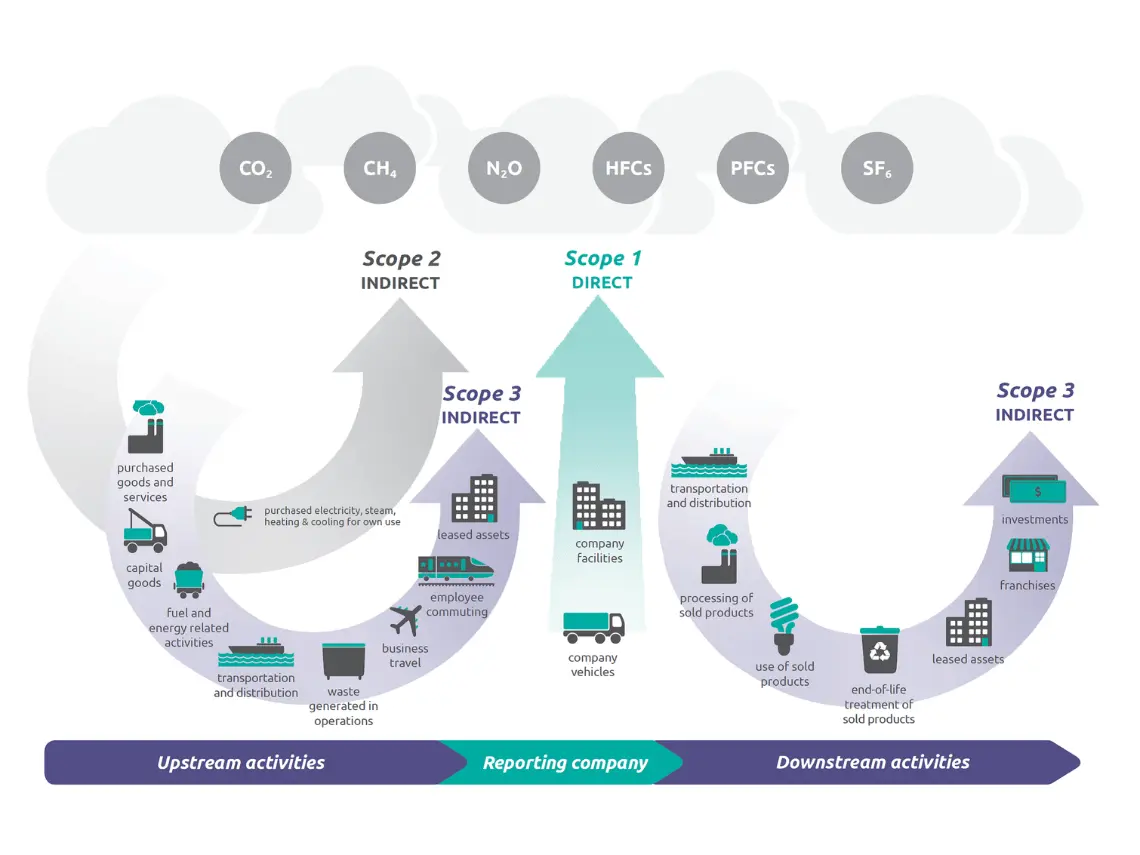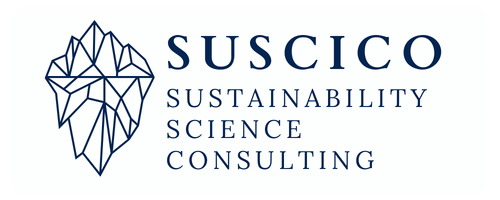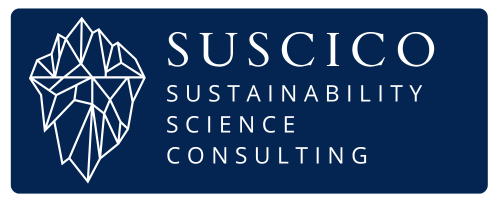New GRI 102 Climate Change Standard: Comprehensive Guide for Malaysian SMEs
- 28/06/2025
- Posted by: Ildar Usmanov
- Category: ESG Reports

As sustainability gains momentum, Malaysian SMEs must embrace robust climate change reporting standards. The new GRI 102 Climate Change Standard provides comprehensive disclosures to effectively manage and report climate impacts. This guide outlines key changes, strategic implications, and practical steps for SMEs aiming to meet global ESG expectations.
Understanding the New GRI 102 Climate Change Standard
The GRI 102 Climate Change Standard replaces and significantly enhances previous disclosures under GRI 305. It emphasizes dedicated disclosures for climate change impacts and management, promoting transparency and accountability. Aligning closely with global frameworks like the Paris Agreement, IPCC reports, and the GHG Protocol, GRI 102 ensures science-based and consistent climate reporting.
Key Purpose and Alignment of the New GRI 102 Climate Change Standard
The primary objective of the New GRI 102 Climate Change Standard is facilitating effective reporting of climate change impacts and strategic climate action. GRI 102 stresses organizations’ responsibility in climate mitigation and adaptation through detailed transition plans aligning with the 1.5°C global warming limit.
Alignment with Global Frameworks:
- Paris Agreement & UNFCCC: Ensuring emissions reduction aligns with global temperature targets.
- IPCC Guidelines: Leveraging the latest scientific scenarios for emissions reduction.
- GHG Protocol Standards: Detailed accounting of Scope 1, 2, and 3 emissions.
- Science-Based Targets Initiative (SBTi): Inclusion of biogenic emissions in target setting.
- TCFD Recommendations: Climate-related financial disclosure and scenario analysis.
- ILO and UN Indigenous Rights: Emphasizing just transition principles.
Cross-referencing across standards reduces redundant reporting, enhancing efficiency for SMEs. Organizations may reference existing publicly available data, significantly streamlining compliance.
Structural Changes in the New GRI 102 Climate Change Standard
The New GRI 102 Climate Change Standard structures reporting around “Topic management disclosures” and “Topic disclosures.” It removes non-GHG emissions (like NOX, SOX, ODS) from direct climate reporting, streamlining the focus specifically on climate impact and management.
Major New Disclosures:
- Transition Plan (102-1): Comprehensive details on mitigation strategies aligning with the 1.5°C pathway.
- Adaptation Plan (102-2): Policies, governance, and strategies for climate resilience.
- Just Transition (102-3): Metrics on workforce and community impacts.
- GHG Removals (102-9): Detailed accounting of GHG removals.
-
Carbon Credits (102-10): Transparency in carbon offset activities.
Enhanced and Reorganized GHG Reporting Requirements
The New GRI 102 Climate Change Standard enhances traditional GHG disclosures with greater granularity:
- Scopes 1-3 (102-5, 102-6, 102-7): Inclusion of all Kyoto gases, biogenic emissions, and primary data percentage.
- GHG Reduction Targets (102-4): Explicit alignment with 1.5°C goal, detailing target policies and locked-in emissions.
- Emissions Intensity (102-8): Clarified reporting including biogenic emissions.
Strategic and Operational Impacts of the New GRI 102 Climate Change Standard
Adopting the New GRI 102 Climate Change Standard fundamentally reshapes organizational climate strategies:
- Embedded Climate Action: Integration into core business and financial strategies.
- Science-Based Targets: Rigorous target-setting aligned with global warming limits.
- Integrated Risk Management: Enhanced scenario analysis embedded in enterprise risk management.
- Just Transition Focus: Social impacts incorporated into strategic planning.
- Enhanced Governance: Accountability mechanisms linking performance to executive compensation.
- Transparency on Carbon Management: Detailed reporting requirements to prevent greenwashing.
- Aligned Advocacy: Public policy activities consistent with declared climate commitments.
Practical Data Collection and Reporting Requirements
The New GRI 102 Climate Change Standard significantly broadens data collection and reporting expectations:
- Financial Integration: CapEx/OpEx details, fossil-fuel activity expenditures, and highest governance approvals.
- Scenario Analysis: Transparent reporting on methodologies aligning with 1.5°C scenarios.
- Detailed Workforce Metrics: Just transition disclosures covering employment shifts, training, and compensation fairness.
- Carbon Credits Transparency: Project details, quality assessments, and socio-environmental impacts.
- In-Depth GHG Targets: Strategic explanation of target alignment with global scientific benchmarks.
Internal Coordination and Cross-Functional Collaboration
Meeting the detailed requirements of the New GRI 102 Climate Change Standard necessitates internal collaboration:
- Finance Departments: Providing detailed financial and planning data.
- HR Teams: Workforce metrics related to just transition.
- Risk Management: Scenario analyses and climate risk identification.
- Procurement and Operations: Scope 3 emissions and carbon credits management.
- Legal and Government Affairs: Aligning public advocacy efforts with climate commitments.
Internal coordination demands breaking departmental silos, fostering integrated ESG management systems suitable for SMEs.

Overcoming Implementation Challenges for SMEs
Despite universal applicability, SMEs may face resource-related challenges. Proactively building simple tracking systems, leveraging external consulting support, and training teams early can significantly reduce implementation burdens.
Conclusion: Maximizing the Benefits of the New GRI 102 Climate Change Standard
Implementing the New GRI 102 Climate Change Standard offers Malaysian SMEs an opportunity to enhance sustainability credibility and strategic foresight. It ensures alignment with global best practices, facilitates transparency, and prepares SMEs for evolving regulatory landscapes. By taking early and structured action, SMEs can lead in climate responsibility and build lasting stakeholder trust.




